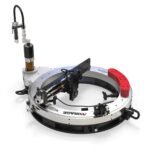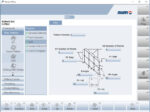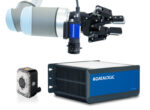Ideas can come from everywhere
-Gemma Stanbridge, ViAGO International Limited Are the managers in your company empowering employees to pursue their broader passions, skills, and experience? Or are they pigeon-holing employees into a box defined by their current job title, taking them at face value of their job title, and restricting further development? These latter rigid typecasting behaviours serve only to limit employees from reaching their full potential and they discourage initiative and innovation within a company. An artificial limit is imposed on the value an employee can provide because the additional strengths or skills the employee has which are not required for the specific position are overlooked. Jack Stack, author of The Great Game of Business, shares in his introduction to the new edition, a story of a company he worked for where a drill press operator was actually a self-made millionaire who had built his wealth through real estate investments. “Here was this incredible entrepreneur working under our noses and all I had this guy doing was drilling holes. What a wasted opportunity.” Stack and the company failed to use the drill press operator’s full range of talents, asking the operator to only think about drilling the perfect hole, not about how they could build a better company. Why did this happen, and why does this still happen today, over 20 years later? Managers or recruiters look for and hire people to do a specific job or position that needs to be filled. Upon employment, the employee is labelled with their specific job title and job description. Managers (and even other employees) are often blinded by job titles, only giving each employee as much information as they feel is needed for their respective job title. Typically, operational and strategic decisions are handled by the appropriate higher managerial function and so many employees are […]










